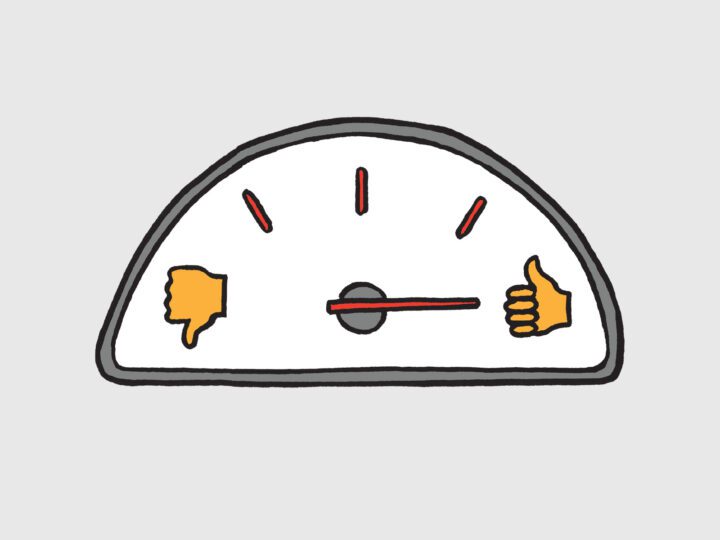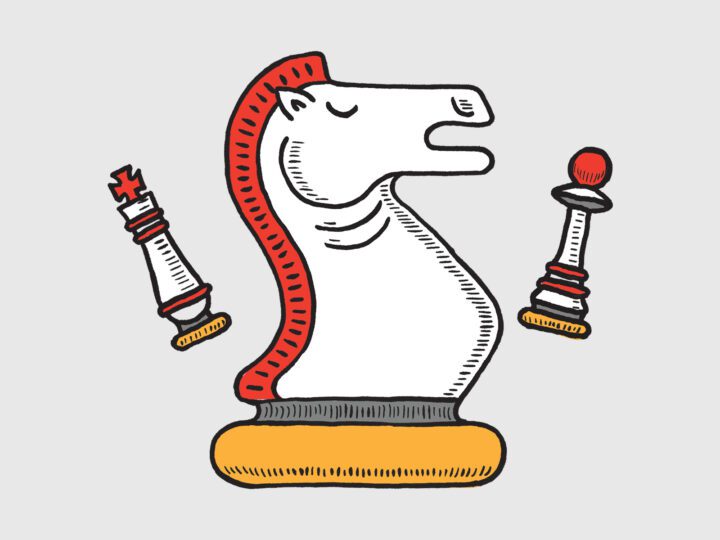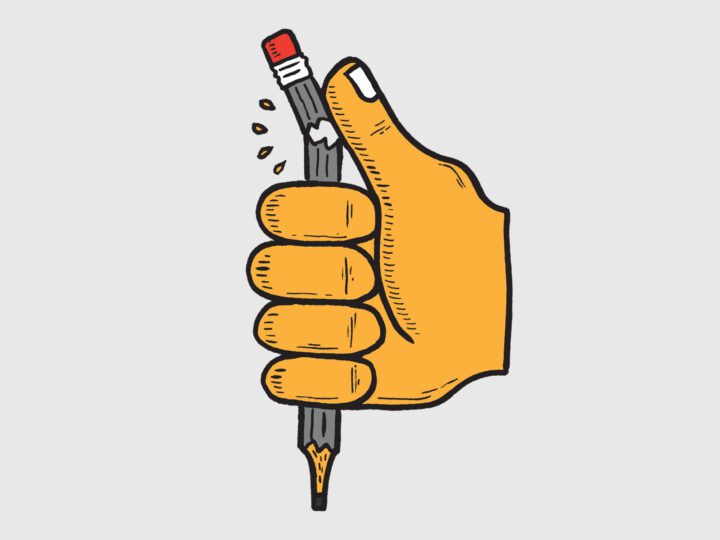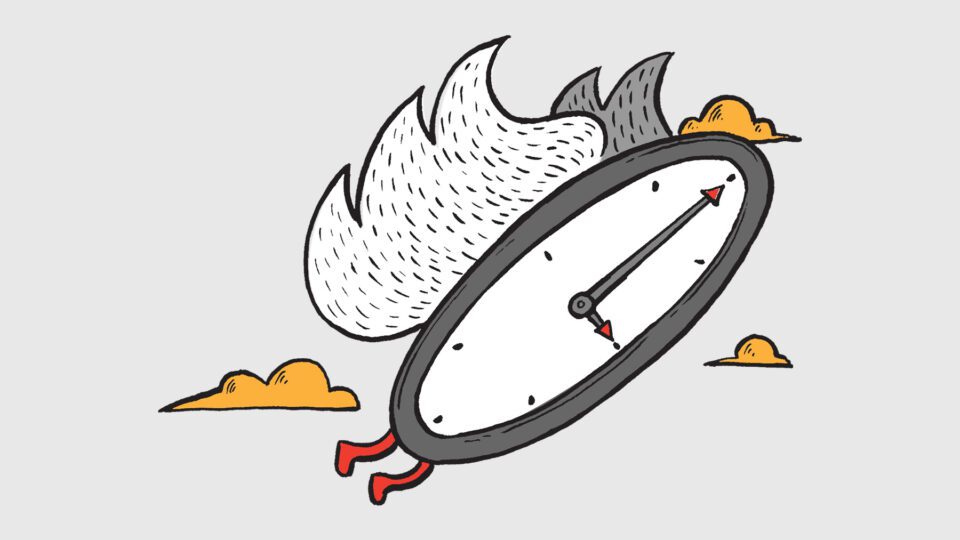Whether you’re a client writing a brief for an agency or an agency Account Director writing for your colleagues, the brief has moved from a “nice-to-have” firmly into the realms of the “must-have.”
A brief outlines expectations and deliverables, consolidating and purifying the verbal “clutter” that invariably builds up before the onset of a project. Often, failed projects started with a non-existing or poor brief. To quote a well known expression: it’s a result of people not “singing from the same hymn sheet.” If you hope to succeed and experience positive results, you’ll need to be able to create a proper strategic and creative brief. The following points form a rough guide that will set you on the road to a land of successful projects and happy stakeholders.

Continue reading below for our guide that will set you on the road to successful projects and happy stakeholders.
Keep briefs written
When it comes to creating a brief, there really is nothing quite like the formality of putting it all down on paper. This habit enables all parties involved to always refer to the agreed direction. It also assists the creative team who are infamous for “forgetting” your guidance or marketing strategy.
Use qualified thinking
Ensure that you have a solid bedrock of strategic thinking. You will need to base your brief on a strategic framework, rather than any subjective belief. Working with research is a good way to formalise this process. Research could simply be working with key stakeholders to define mission and positioning. And, in larger projects, research also involves larger groups of people, including your target audiences. If this research does not exist, your results will most likely not be based on reality.

Set key performance indicators
Include indicators of project success. By setting goals, you are providing your team with targets to aim for. This will keep people motivated with a sense of purpose. Obviously ensure that these goals are attainable! Speak to your agency about how these goals can be measured. Digital communications are naturally engineered this way, but goals can be set in less mechanical ways too.
Explain the business strategy
Whilst this may seem like unimportant information to be passed on, if it already exists, it will give the creative team the bigger picture. This will in turn give the project credibility once it is aligned and supporting the overall business mission.


List the brand’s competitors and align them your own business. Rate them on business effectiveness vs. brand aesthetic.
Explain real intentions
This has real impact on the creative direction and is typically not communicated down the chain. Projects will have underlying intents that may not be clear. I.e. is this to shift more units and make money, or to flex some brand muscle in the pretext of a business sale? Two very different strategies that require different creative angles.
Outline the competition
List the brand’s competitors and align them your own business. Rate them on business effectiveness vs. brand aesthetic. List the competitors’ strengths whilst identifying opportunities through their weaknesses. An understanding of the landscape will also enable the agency to position the product in a different space – an important consideration.
Include target audiences
Convey the varying target audiences. In other words, outline who the product needs to speak to. Resulting creative assets will often be segmented according to the target audience. For example, messaging will often need to adapt to the audience. Brands often “scale” their visual identity strength according to audience. Government policy makers require more subtlety than young people and students.

Be honest on the brand’s weaknesses
The brief is not a public advertisement. It is an internal strategy document. It should be considered the “brand truth.” It should not gloss over the business weaknesses. It’s very important for the creative team to know this, as creative and strategic steps can be taken to defend these challenges.
Let the budget be known
Do tell the creative team the limits of the budget. Natural tendencies are to keep this hidden; however, this could end up being disingenuous. Include external allowances such as budgets for photo shoots, technology, copywriting and production. It’s no use the creative team getting big ideas about using the latest New York fashion photographer on location in Maui, if your team barely has enough budget to use royalty-free stock.
Stipulate firm timings and deliverables
It is critical for project timings to be clearly outlined. Describe the deliverables in terms of finished product and format. Include detailed specification relative to the agreed budget. This will help to avoid the possible “creative tangent.” Cover off the project methodology and process. What is the existing technology framework? Who is “signing-off” and when are the key milestones. When are the key presentations? Who can be shown informal sketches and who needs to see the finished visuals?

It is critical for project timings to be clearly outlined. Describe the deliverables in terms of finished product and format.
Include the creative director
The Creative Director is a great mediator for turning marketing strategies and jargon into a clear creative direction that can be interpreted by the creative team. One must not forget that the typical creative does not always use the same side of the brain as the strategist. The Creative Director assists in getting these two parts working together.
Use colloquial language
It can be rather difficult for a creative to understand what the end result should look like when using marketing terms such as “early-adopter” and the like. Rather use natural language that paints a picture. E.g. “This person was the first to buy the original iPhone and has chucked it away since the big marketing campaigns because it’s just not cool anymore.” Avoid the use of industry acronyms. And if you are using terms you learnt whilst studying your high level MBA, ensure you include direction for those less academic too.
Inject personality
Every brand and product should contain its own personified characteristics. This will affect not only tone in messaging; it also has a bearing on creative direction and experience design. Include an outline of the product’s values, its mission and any key characteristics which will enable the agency to communicate the positioning within a consistent framework.

Use plenty of visual reference
Include other brands, online references, colours, flavours – anything that cues a specific visual. It’s important for your teams to get under the skin of the business. Include a history of the brand or product marketing. Include any previous communications. Also, include the guidelines from a previous branding exercise: they may not be used anymore, but they are still a useful perspective when looking forward.
Outline existing creative assets
It’ll help the process if it’s known up front if there are any existing assets which can be used. For instance, previous photo shoots, copy or illustrations. This helps in reducing creative overlap, and maximises on your investment. It is also important at this juncture to outline any existing creative brand guidelines that may need to be respected.
Dealing with change
Whilst a brief should form the basis of the creative direction, it will still need to be flexible in terms of change of tactic and direction; this is sometimes unavoidable and is strategically merited in certain situations. If in doubt about the objectives, re-agree, rewrite the brief and re…


Sign off the brief
This is where it all comes down to a measurable strategic agreement. Once the brief has been written and encapsulates all the project team’s guidelines, feelings, opinions and input, a copy should be placed in front of the key stakeholder for sign-off. This is a real test as it involves real commitment and is almost contractually binding. On the upside, it makes for a very firm and clear direction moving forward and will create an outstanding and focussed piece of work.
All hail the brief
All creative output should be judged against the agreed criteria set out in the brief. Do not take on-board feedback and comments from those who are not privy to the brief. Everyone has an opinion on design. It’s whether or not it is a qualified opinion that counts.
All creative output should be judged against the agreed criteria set out in the brief. Do not take on-board feedback and comments from those who are not privy to the brief.

If the brief is adhered to, there is very little unexpected creative movement away from the core mission, resulting in very happy people and great results all round.

Being a good creative
A good designer or creative technologist, (other than being gifted with heaps of talent), is a disciplined individual. Given a clear framework, they will shine. It is vitally important for the creative to have a copy of the brief in front of their noses at all times. Internal reviewing procedures against the brief are important to make sure that the concepts head in the right direction. Project teams must check their creative against the brief’s requirements at every stage. If the brief is adhered to, there is very little unexpected creative movement away from the core mission, resulting in very happy people and great results all round.

